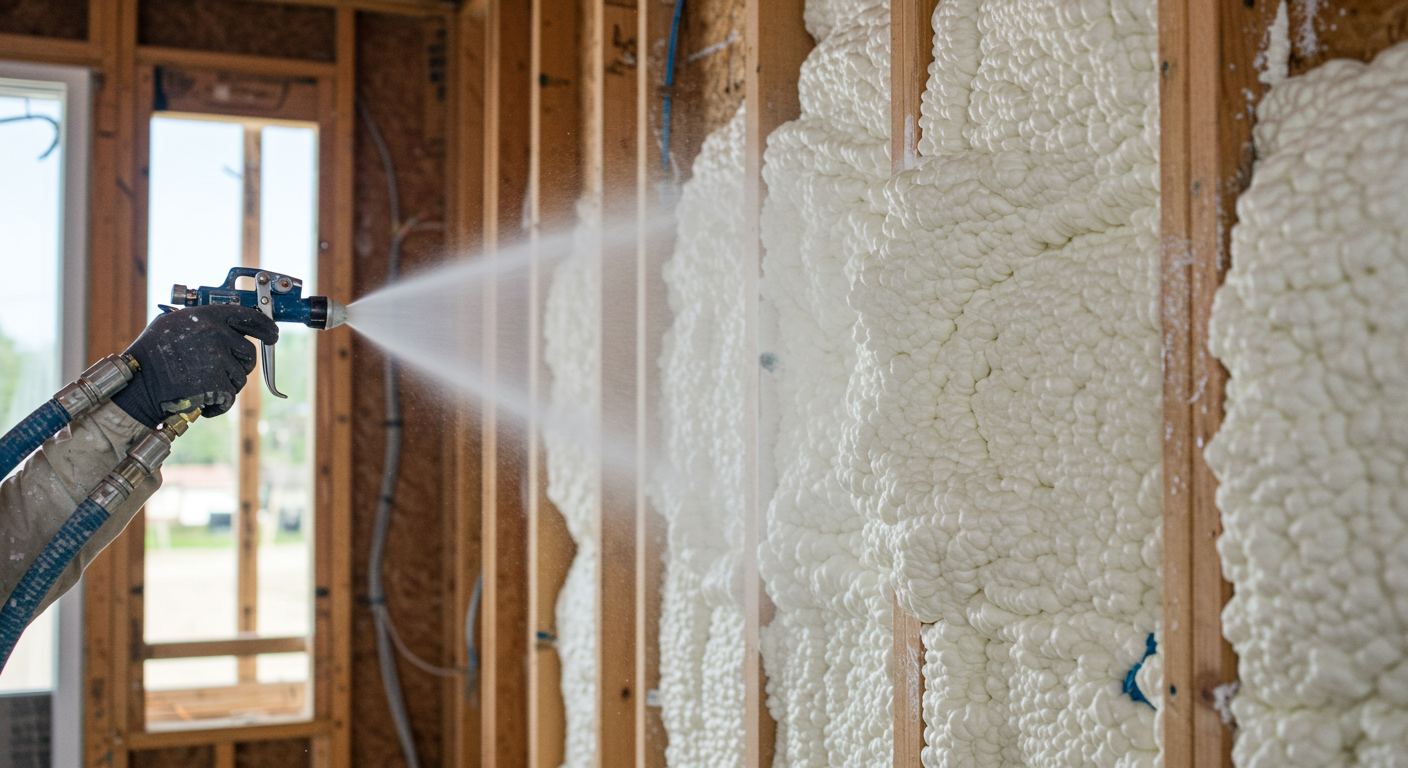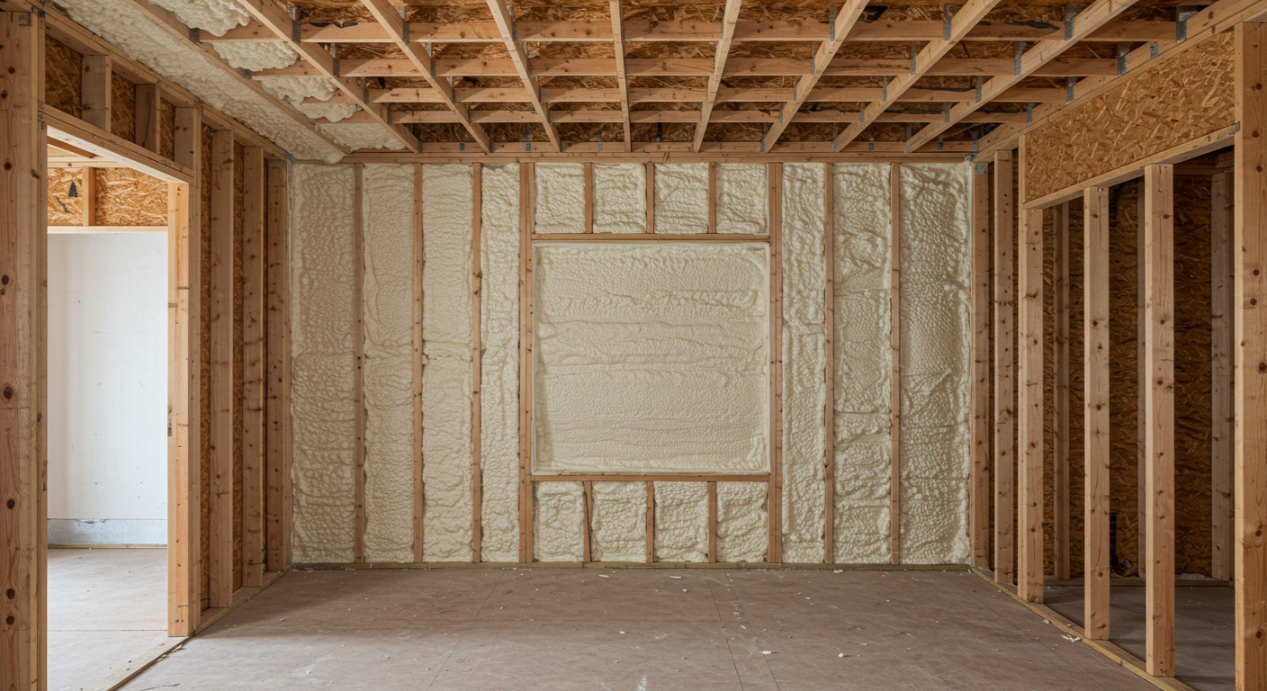
Spray foam insulation must be installed by trained professionals to ensure correct application, material performance, and long-term energy efficiency. Improper installation often leads to incomplete coverage, chemical imbalance, and air leakage. These issues can reduce the insulation’s thermal performance and compromise indoor air quality.
Professional installation guarantees material consistency, precise application techniques, and adherence to safety regulations. This minimizes risks such as off-ratio foam, shrinkage, or poor adhesion to substrates. Armored Insulation’s expertise in spray foam insulation application was recently featured in a press release showcasing real-world results and proven performance across diverse building types. Industry-trained crews follow application standards and account for building-specific variables including climate, structure type, and ventilation.
This article outlines the practical, technical, and environmental reasons for relying on professional installation, using real-world knowledge and data from the field.
| Factor | DIY or Untrained Installer | Professional Installer |
|---|---|---|
| Chemical Mixing Accuracy | Often imprecise | Controlled with ratio monitoring systems |
| Application Consistency | Inconsistent thickness, overspray | Uniform coverage, precise thickness |
| Building Code Compliance | Often unknown | Follows local and national codes |
| Air Barrier Effectiveness | Frequently compromised | Sealed, continuous air barrier |
| Risk of Off-Gassing | Higher | Reduced through proper ventilation |
| Cleanup and Waste Handling | Poor | Managed and minimized |
| Specification | Standard Value |
|---|---|
| R-Value (per inch) | R-6.5 to R-7 |
| Air Permeability | < 0.02 L/s*m² @ 75 Pa (ASTM E283) |
| Water Vapor Permeability | 0.8 perms @ 2 inches (ASTM E96) |
| Expansion Time | ~5 seconds to full expansion |
| Curing Time | 8 to 24 hours depending on conditions |
| Application Temperature | 60°F to 80°F (substrate and ambient) |
In humid or cold climates like Western Kentucky, incorrect spray foam installation can trap moisture inside wall cavities, leading to mold growth or wood rot. Professionals consider seasonal dew points, substrate temperatures, and vapor drive before application.
Bonus Tip: Always perform a substrate temperature check before application. Foam will not bond well if surfaces are below 60°F.
Crawl spaces, basements, and exterior walls each have different requirements. Professionals assess whether open-cell or closed-cell foam is appropriate based on exposure to moisture, air flow, and structural load.
Bonus Tip: Test humidity and wall moisture levels before installation to avoid trapping water inside insulated cavities.

Most residential projects take 1-2 days depending on size and complexity.
Yes. Occupants must leave during application and for several hours afterward due to off-gassing.
Yes, but substrate and ambient temperatures must be controlled to meet manufacturer guidelines.
Yes. Crews handle overspray, debris, and packaging waste according to disposal regulations.
Applied in damp or confined areas to control ground moisture and heat loss.
Old or damaged material is safely extracted before new application.
Used for retrofitting existing walls without major demolition.
Pre-cut panels installed in walls and ceilings for cost-effective thermal resistance.
For insulation systems that perform as intended, correct installation is non-negotiable. Speak with trained professionals who apply industry standards and proven field experience.
Contact Armored Insulation for service inquiries:
Phone: (270) 727-5566 Email: [email protected]
The foam may pull away from framing, creating air pockets that reduce insulation value and introduce condensation risk.
Yes, but removal is difficult and expensive. Professional evaluation is required to avoid damaging structural elements.
Installers use infrared imaging and depth gauges to verify coverage and uniform fill depth across each section.
Fully cured foam is inert and safe. Health risks are present only during application and immediate curing.
They seal vents, protect surfaces, and ventilate the space using negative air machines to control fumes and overspray.